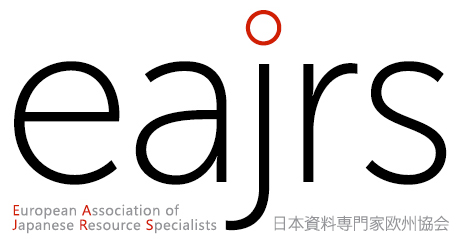Offering consultation services for preservation and restoration of historical materials (2024)
For historical paper-based materials, we are conducting research to analyse their components using natural scientific methods, predominantly optical techniques, to provide fundamental data for restoration. Recently, we analysed the components and constituents of historical paper-based materials through archaeology and cultural heritage science, material structure analysis, botany and genome analysis, and data science methods. In addition, efforts are underway to standardise scientific information such as numerical data and integrate it into our database. This presentation introduces HI’s restoration and conservation techniques for historical paper-based materials. In collaboration with the EAJRS Conservation/Preservation Working Group, it establishes a consultation service aimed at assisting European institutions facing challenges in conserving and restoring historical paper-based materials, while also contemplating the global dissemination of conservation techniques in this age of digital connectivity.
